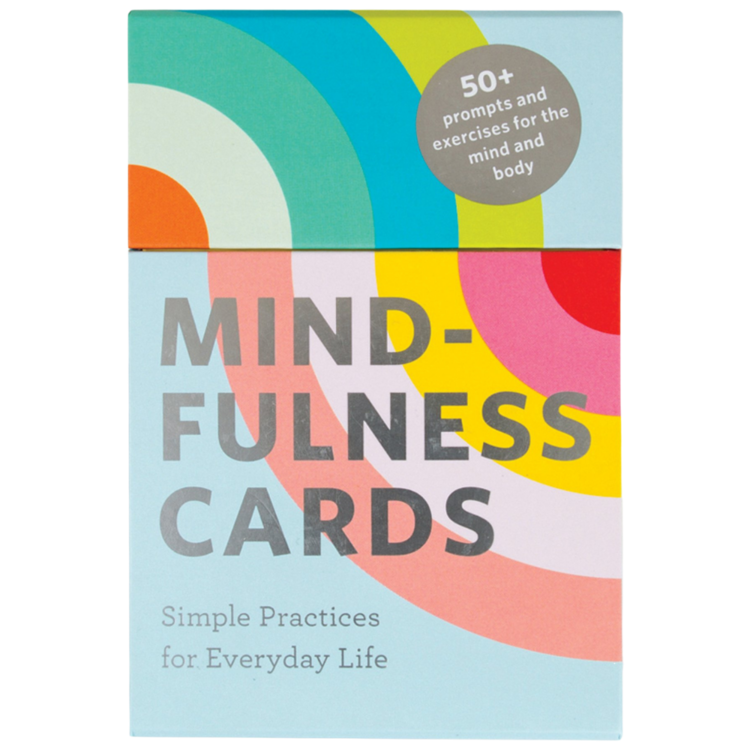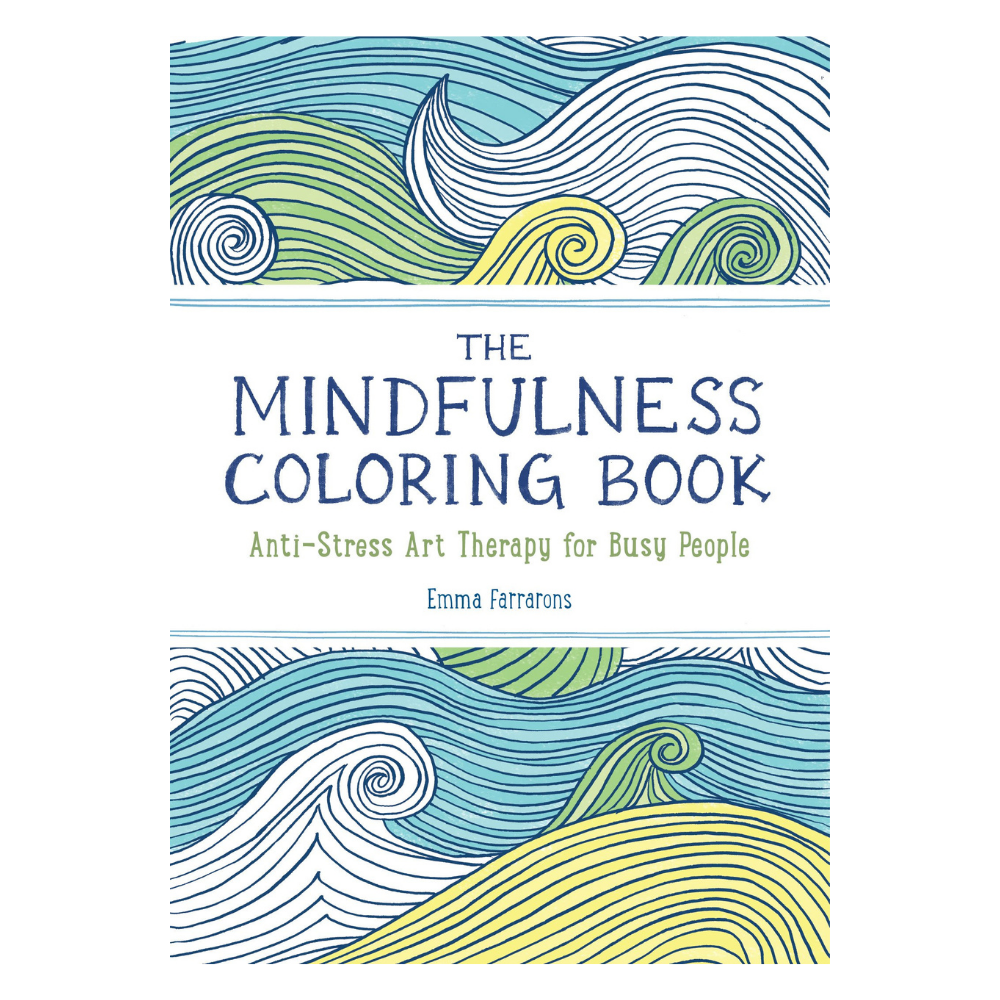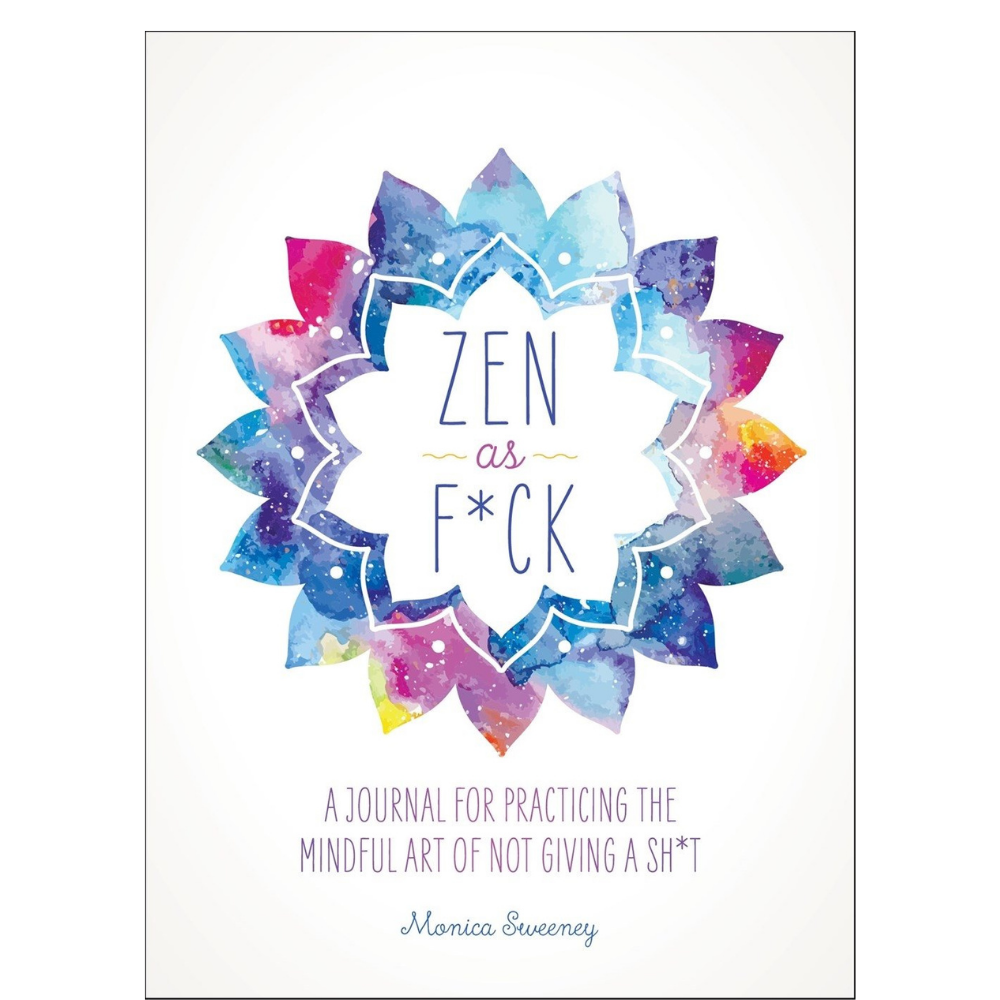The Health Benefits of Meditation (& How to Do It)
This post contains affiliate links, through which we may earn a small commission if you choose to purchase, at no additional cost to you. We only share products or services we personally use & recommend!
“You should sit in meditation for 20 minutes every day… unless you’re too busy, then you should sit for an hour. ”
Mindfulness, which is trained through meditation, is an effective tool for managing stress, worry, lack of focus and boosting general mental health.
During meditation, heart rate and respiration slows, blood pressure drops and we become physically relaxed. Because it’s physiologically impossible to feel both stressed and relaxed at the same time, the practice of meditation is beneficial for naturally reducing feelings of stress and increasing feelings of peace and well-being.
People who practice meditation regularly report a range of mental, emotional and physical benefits—and report feeling more balanced overall.
The physical & mental health benefits of meditation
Better focus (and improved ability to focus under pressure)
Less stress and anxiety
More creativity and problem-solving capacity
More compassion, less anger
Improved communication & relationships
Improved healing, especially if the condition is worsened by stress (meditation may help in managing the symptoms associated with anxiety, depression, sleep problems, high blood pressure, heart disease and even cancer)
You can practice meditation wherever & whenever: riding the bus, in the office, in your kitchen while cooking dinner, before a big presentation or performance, or when you’re feeling just a little “blah.”
How to meditate: a step-by-step guide for beginners
There are several different styles of meditation. Some of the most popular, which have been practiced for centuries, are:
visualization (using all of your senses to visualize relaxing imagery or situations)
mantra meditation (silently repeating a calming word or phrase to avoid distraction)
and mindfulness meditation (practicing awareness and acceptance of the present moment)
Here’s how to practice each of these different styles of meditation:
How to practice visualization meditation
Use this to practice focusing your senses on relaxing imagery that can be recalled as needed.
Choose a picture that you find soothing—a natural landscape, a favorite place, a scene from a painting, whatever you find relaxing and comforting.
Study the picture for a few moments and imagine what it would feel like to be there right now. Imagine the sounds, the smells, the feeling under your feet, the feeling of the wind or the sun on your face.
When you’re ready, close your eyes and continue imagining that you are in this place. Absorb yourself in the experience, but don’t try to manipulate or force your thoughts.
Stay in this relaxing place for a few minutes, enough for your body to feel physically relaxed.
How to practice mantra meditation
This is great practice for training your mind to focus and avoid distraction, which can be useful for work productivity, or for reducing the distraction of worry.
Choose your mantra. It can be any word that’s easy to remember and is meaningful to your meditation practice. For example: still, calm, peace, one, relax, tree, donut. (Whatever works! 😉)
Sit comfortably upright with your eyes closed.
Repeat your mantra gently in your head. Over and over and over.
When your mind wanders (it will), gently bring it back to your mantra. Don’t try to change your thoughts, just keep whispering your mantra in your head. Continue for several minutes.
How to practice mindfulness meditation
Acknowledging and accepting things as they are, without the tendency to judge or try to control them is great practice for living a more accepting (and thus peaceful) life in general.
Sit on a chair, the floor, or wherever you’d like, as long as it’s relatively stable. Sit upright but not rigid.
Close your eyes or gaze gently at something that’s naturally within your view.
Breathe naturally and bring your attention to your breath. In and out, in and out. There’s no need to try to manipulate your breath, just pay attention to how it is naturally.
Continue for a minute or two, sitting upright, paying attention to the in and out of your breath, and gently bringing your mind back when it wanders (it’s okay, the mind will wander, especially at first!).
After a couple minutes of focusing on your breath, begin to notice your thoughts and label them without judgement. For example: “I just had a thought.” “Thinking has occurred.” “I thought about a task.” “I heard a dog bark outside.” Gently bring yourself back to focusing on your breath and continue acknowledging and accepting any thoughts that come along. The goal is not to stop your thoughts, or try to shape them in a certain way, but to just accept them as being there.
Mindfulness mediation variation for beginners: At Step 4, instead of focusing on your breath for several minutes, focus on your senses—what do you smell, hear, taste or feel at that moment?
Meditation tips for beginners
Meditative practices are simple and easy to learn, but they require patience and perseverance in practice. Here are some tips for beginners looking to get started with meditation as a wellness practice:
Start with a tiny habit that you’re able to conquer. For example, set a reminder on your phone and meditate for two minutes every day.
No need to worry about finding a quiet place to meditate. It’s actually very effective to practice meditating with other stimulus, which gives more practice accepting the present moment as it is.
Don’t be discouraged if your mind wanders. The point is not to control your thoughts or force an absence of thoughts, it’s to practice accepting your thoughts simply as being there, without assigning importance.
Try meditating once a day for a week and take note of how you improve over that time.
Experiment—try different styles of meditation and different environments, to learn what works best for you.
The stillness required for meditation can be a challenge at first. You can ease into it with a meditative activity like mindfulness coloring books.
Meditation supplies & resources
The beauty of meditation as a general health practice (and as a stress management technique specifically) is that it’s so simple to do and requires no equipment—meditation can be practiced anywhere, at anytime, with nothing but your mind!
That said, for regular or longer sessions of meditation, there are a few supplies that can help enhance your experience. And, as mainstream health sources become more and more aware (and supportive!) of the physical and mental health benefits of meditation, there are some new “meditation” tools and resources (like mindfulness coloring books and journals) that can also be helpful for beginners looking to start a meditation practice for its health benefits.
Here are a few of our favorite meditation supplies & mindfulness tools:
FOUR WELLNESS TIP
Set aside five minutes today to practice one of the meditation techniques above.















